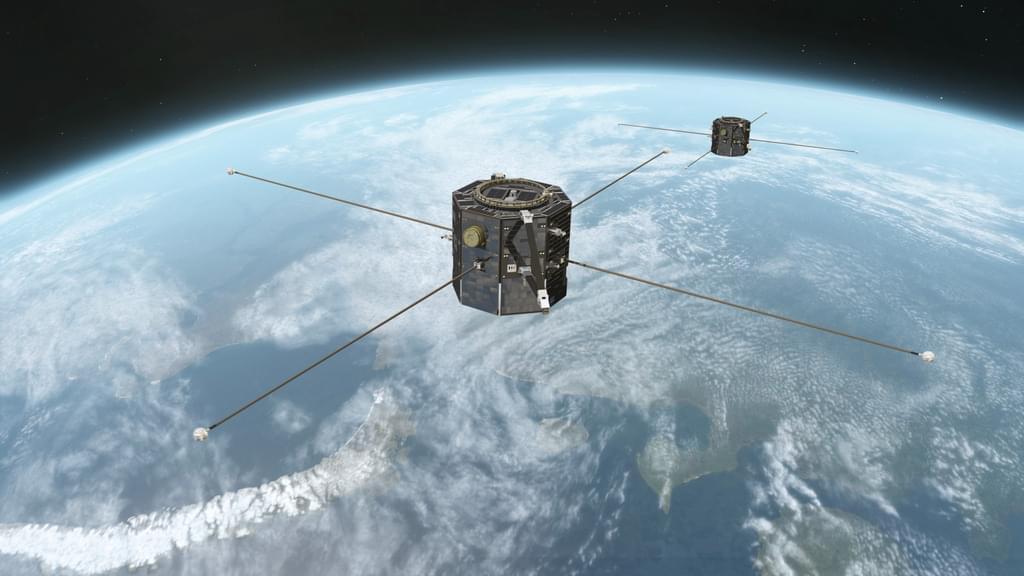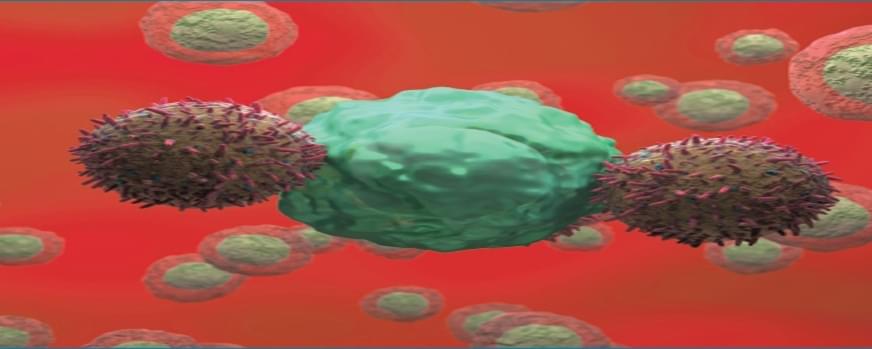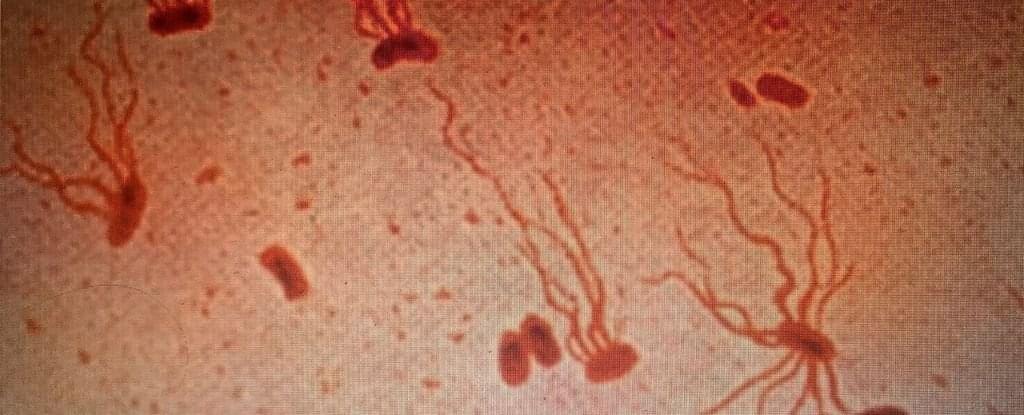“TRACERS joins the fleet of current heliophysics missions that are actively increasing our understanding of the sun, space weather, and how to mitigate its impacts,” said Westlake.
The $170 million TRACERS is set to launch no earlier than the end of July on a SpaceX Falcon 9 rocket that will be carrying several other small missions into orbit at the same time. The answers that TRACERS could provide about how magnetic reconnection works will allow scientists to better protect critical infrastructure for when solar storms hit.
“It’s going to help us keep our way of life safe here on Earth,” said Westlake.







